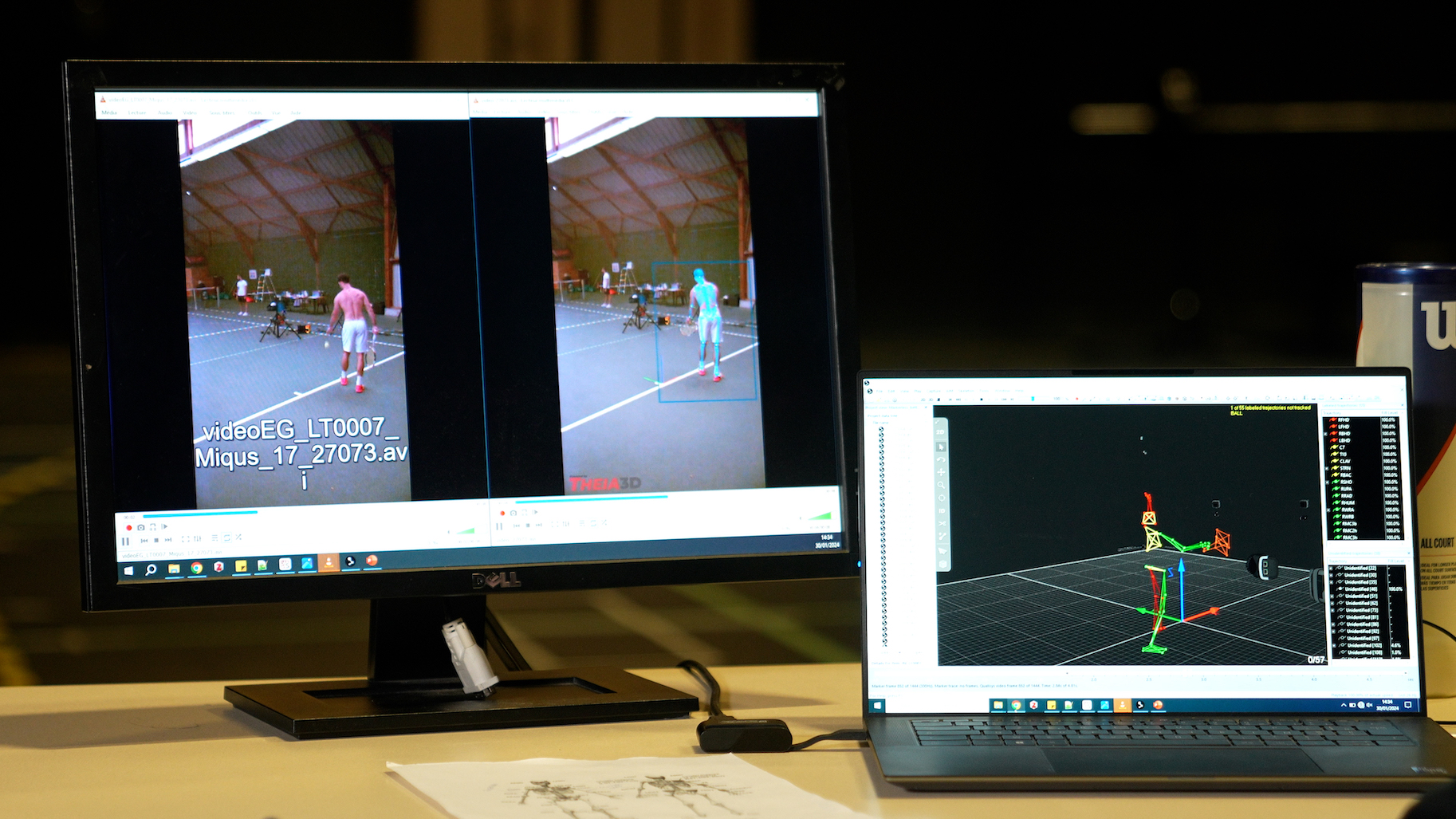
Injury, the bane of top-level sportsmen and women
Sprains, fractures, tendonitis or even strains... Although common among elite athletes, musculoskeletal injuries are a dreaded problem for everyone in the world of sport. And with good reason: simple injuries can lead to a drop in performance, or even worse, a total halt in competition, coupled with complex and lengthy rehabilitation.
These are serious psychological and financial consequences for athletes and the teams that support them, and they have prompted coaches and sports federations in general to take an interest in the issue of injury prevention. These injuries, which vary from one sporting discipline to another, are for the most part the result of a complex combination of environmental, medical, biological and workload-related factors, making it difficult to identify with the naked eye the precise mechanism leading to each injury.
Athlete data, a key element in identifying an injury
That's where data collection comes in. Sensors and connected objects are being widely adopted in the field of sport, enabling a gigantic amount of information to be gathered about athletes: heart rate, running pace, speed and distance covered, as well as impact intensity, quality of support and potential imbalances and asymmetries, are all recorded for analysis.
The aim is to identify the conditions likely to trigger injury, and to anticipate, on a case-by-case basis, the load or sporting intensity at which a player is more or less likely to end up injured. These analyses enable trainers to make informed decisions and adapt the workload for each athlete to avoid potential injury.
Tools to give meaning to data
In recent years, many researchers in the digital sciences have focused on developing algorithms and tools dedicated to preventing these injuries.
In gymnastics, a discipline in which there is a high incidence of injury, research is being carried out, for example, to predict the lumbar load during athletes' landings. The aim is to develop tools that can be adapted to measurements taken in the field, during training, to quantify the mechanical load exerted on the body when landing jumps, and thus prevent potential injuries.
The human replacement models developed as part of certain research projects also make it possible to capture precise load conditions and biological response data, and to run thousands of iterations of test scenarios in order to optimise the athlete's training.
This is the case, for example, with the REVEA project, which brings together the athletics, boxing and gymnastics federations with the aim of providing athletes with a set of innovative and complementary training methods and tools in virtual reality, making it possible in particular to increase the density and variety of training without increasing the associated physical loads. In boxing, in particular, the tool makes it possible to work on anticipating an opponent's attacks, without taking the blows and therefore risking injury.
Verbatim
One of the advantages of virtual reality is that you can train without injury, but also when you are injured. So it's possible to optimise the training time of boxers and coaches using these tools, and avoid damage that could, in the long term or through repetition, reduce training capacity.
Engineer at the M2S laboratory and involved in the PPR REVEA
Over the last few years, the M2S laboratory and the MimeTIC project team have also been in charge of the PPR BEST-TENNIS, a project to support players from the French Tennis Federation (able-bodied and wheelchair users), to help them optimise the performance of their serve and return of serve. The aim is to improve their strokes, but also to reduce the risk of injury: ‘When a player comes to us and says he's injured himself, we try to understand why. From the positions of the markers, we can estimate the joint stresses imposed on the player's body and explain that, for example in the shoulder, we have forces that are applied and coupled with strong external rotation, which can lead to enormous stresses at the upper level of the shoulder and therefore potentially to injury", explains Simon Ozan, a doctoral student in biomechanics at the M2S laboratory. Once the diagnosis has been made, training options and technical modifications are proposed to the athletes and their coaching teams.
They will then have to take into account subjective variables such as the quality of sleep, fitness, psychological state and motivation of their athletes, which are also important factors in predicting the risk of injury. This initial information can be used to guide the programming of individual training sessions to reduce the risk of injury, depending on the problems faced by each athlete. For researchers, one of the major challenges is to bring these methodologies to the field, without having to resort to cumbersome laboratory techniques.